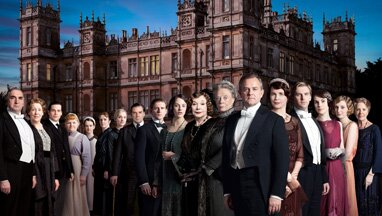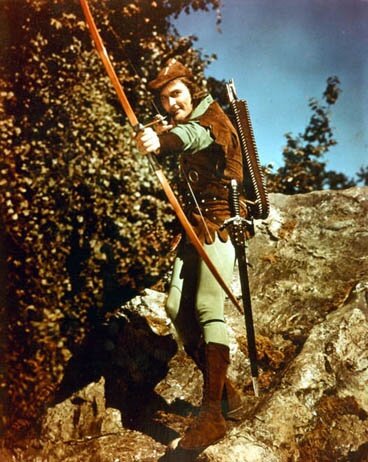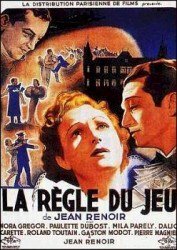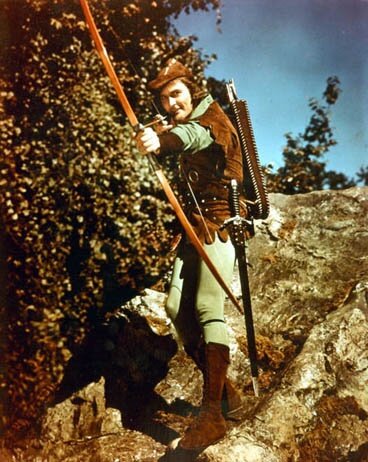 What the hell are we going to do now? On Sunday, season three of Downton Abbey is ending and we have seven months of lousy alphabet television to look forward to. NCIS, CSI, 5-O, I can’t keep them all straight.
What the hell are we going to do now? On Sunday, season three of Downton Abbey is ending and we have seven months of lousy alphabet television to look forward to. NCIS, CSI, 5-O, I can’t keep them all straight.
The Seattle Times ran a nifty list of Downton-esque books to read, but what if you crave the visceral visual treat of aristocrats and servants behaving shockingly?
Herewith, a list of films that will soothe Abbey addicts meantime. (Go see our friends at Scarecrow Video if you need a hand.)
Gosford Park (2001). This is a no-brainer for the Downton Abbey fan. Robert Altman’s murder mystery (the director cared so little about the solution to the murder, the secret is literally tossed away near the end) was written by Downton Abbey creator and chief writer Julian Fellowes. Set in the mid-1930s, the film stars a host of British acting royalty headed by Maggie Smith. She serves the story here as she does on Downton as a foil and ironic commentator. She always reminds me of Bill Murray’s comic reactions in Ghostbusters. No matter what hideous creature arrives at the door, simply cut to Maggie and she nails it.
Charile Chan in London (1934). One of the subplots of Gosford Park features a producer of the Charlie Chan films seeking inspiration for a film set in London. Well, there actually is a London-set Charlie Chan movie and it’s one of the best of this long-running series, a sparkling murder mystery swiftly solved by the great detective. The series is much maligned these days for its lack of political correctness (Chan is played by Swedish actor Warner Oland). But in recent years, Yunte Huang has written a wonderful book explaining why would we should stop worrying and learn to love the honorable detective.
The Rules of the Game or La règle du jeu (1939). Off to the Continent! This film is on every list of the greatest movies of all time, sometimes heading the list. Director Jean Renoir’s undisputed masterpiece is both a serious and comic treatment of the foibles and sometimes-awkward nobility of the French aristocracy. Some rich French nobles and their poor servants arrive at a country chateau for a weekend shooting party. Before long, they begin to shoot each other. This is a brilliant film and much more fun that nearly any other film on the “greatest ever” lists.
The Shooting Party (1985). Why does this film never show up on television? You can see Live Free and Die Hard and Armageddon eight days a week, but this neglected masterpiece simply can’t be found. James Mason, in his last film appearance, plays the master of a splendid country estate who plans a shooting party on the eve of World War I. There are several scenes between Mason and John Gielgud that define great acting. This film must be on the list for any serious Downton fan.
Maurice (1987). Downton is coy about its treatment of contemporary issues within the Edwardian setting. Maurice, starring a young Hugh Grant, is based on a novel by E.M. Forster that the author insisted be published only after his death. Directed by James Ivory, it is the story of a young Edwardian nobleman who comes out amid a stilted, mannered society.
The Remains of the Day (1993), Howard’s End (1992), and A Room With a View (1987). Director James Ivory has made a career of documenting the collapse of English aristocracy but the survival of British nobility. These three films are the cream of his crop. Remains is told from the servant’s point of view – think of a Downton spin-off focusing on Carson and Hughes. It’s wonderfully repressive. Howard’s End might be Mary and Edith’s future — a frightened, bitter woman collapsing in fear. View is a lovely romance. All are worth your time.
All these films provide ample entertainment and distraction for the crushingly long season-break of Downton Abbey. They will hold you.


